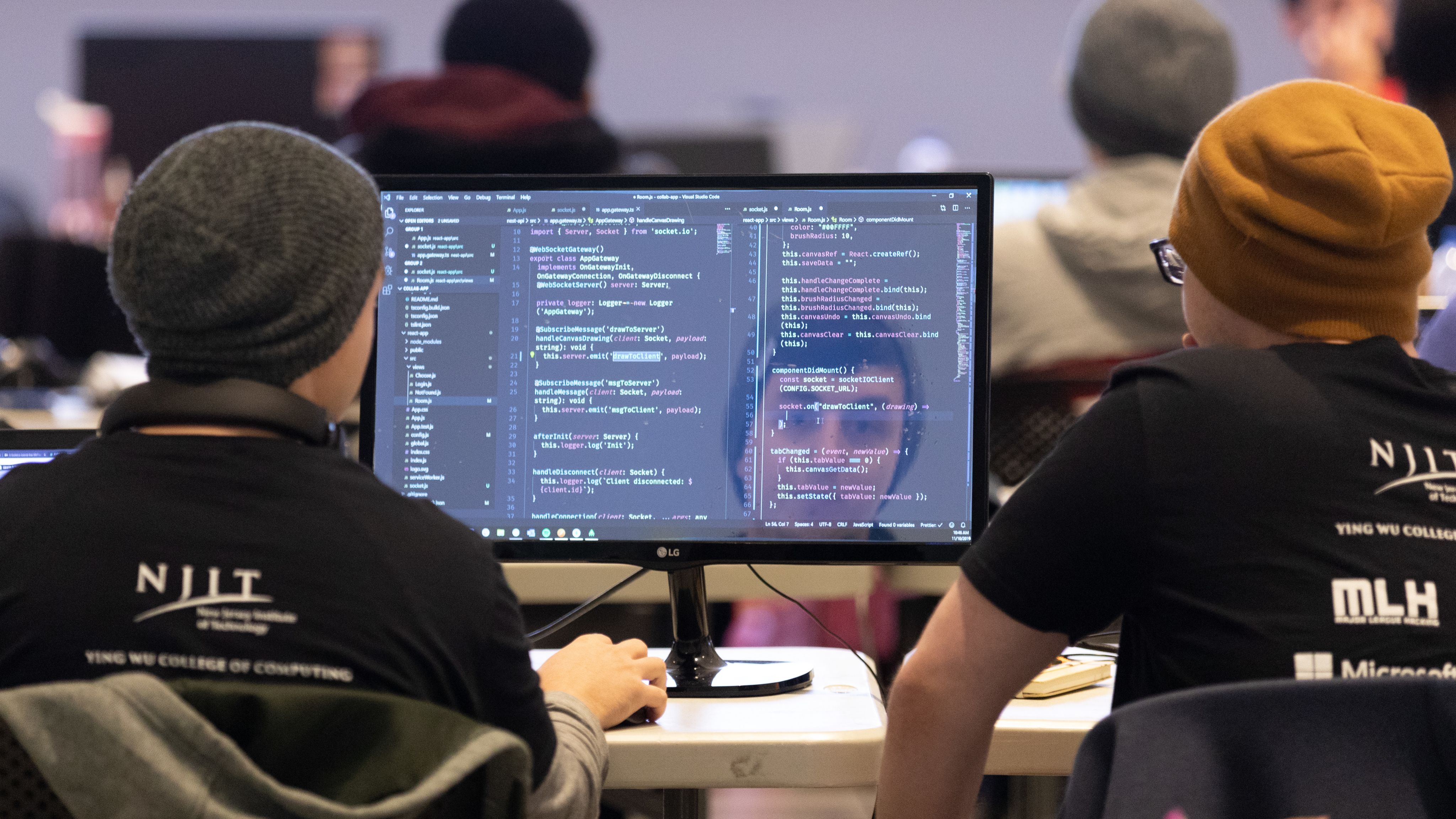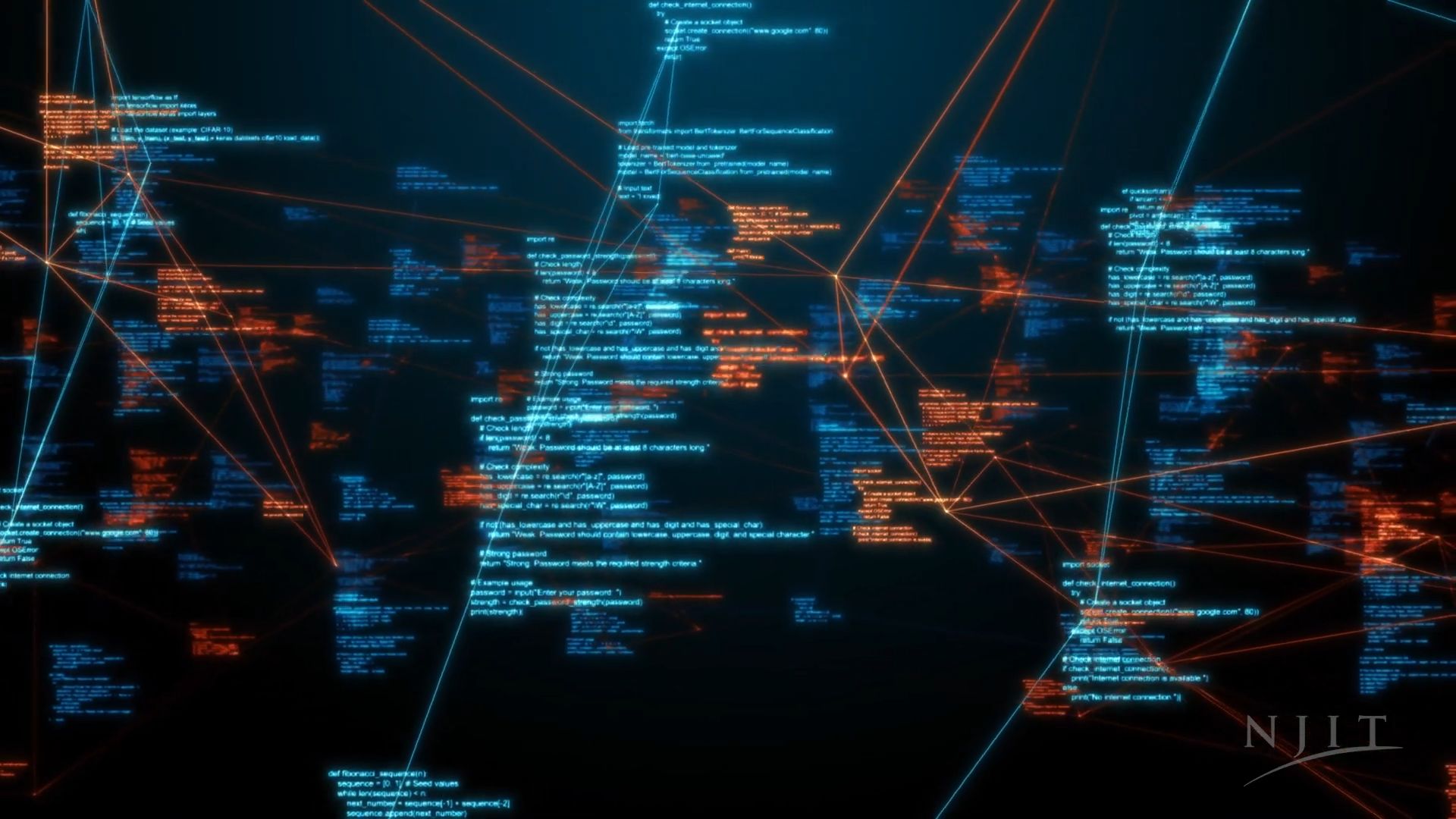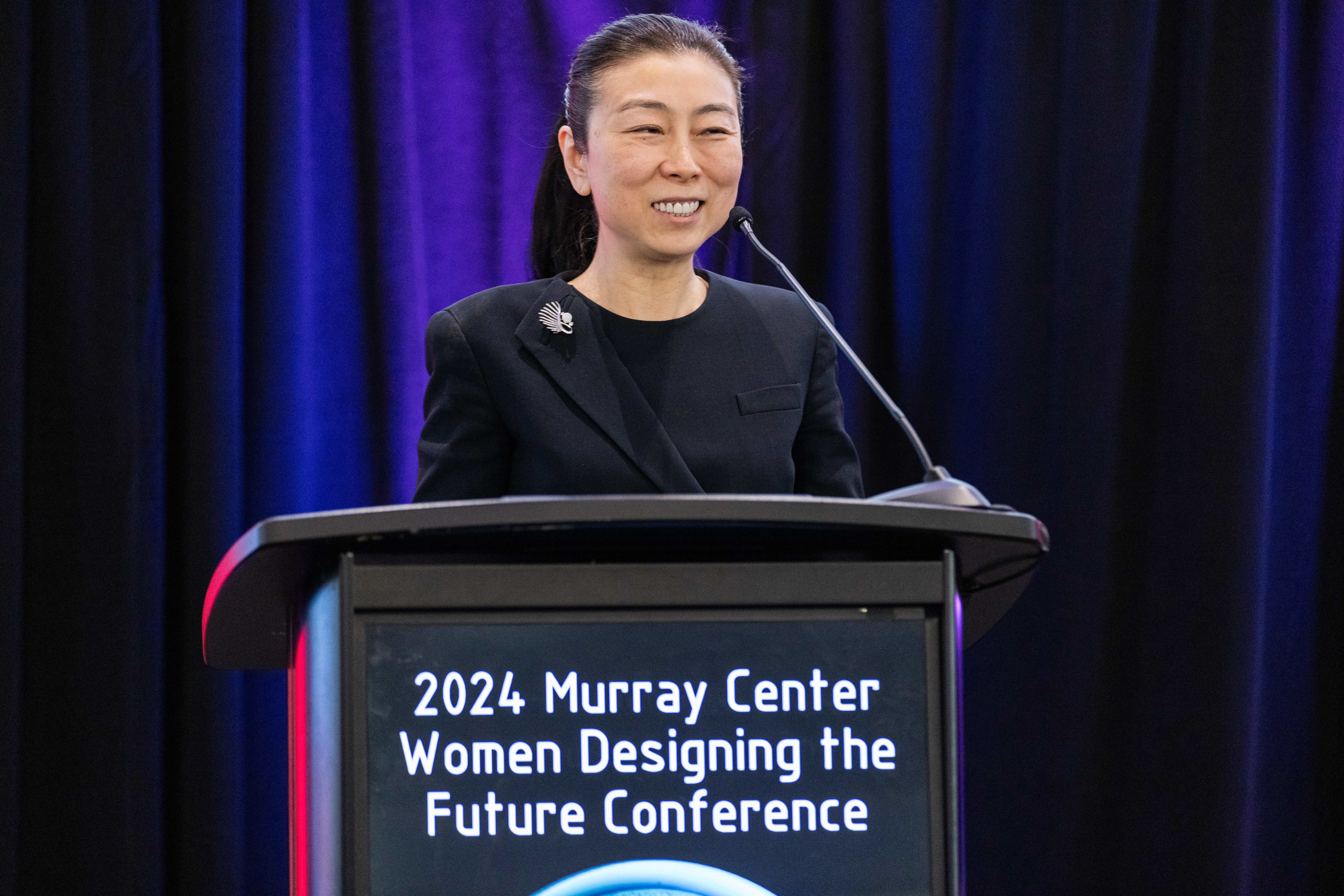Can Universities be at the Forefront of AI Innovation?

Artificial intelligence is no longer a distant prospect. It is already reshaping industries and revolutionizing how we approach complex challenges. But as AI’s capabilities become better understood, the question for higher education institutions is: How can AI be leveraged not just to keep pace, but to lead innovation? More importantly, what role should universities play in preparing students for an AI-driven world and in advancing research that pushes the boundaries of what AI can achieve?
Universities across the country are racing to answer these questions and establish themselves as leaders in the research and application of this technology. At New Jersey Institute of Technology (NJIT), AI research is already well-established: 30 faculty members actively engaged in AI research and more than $60 million in annual funding for AI-related projects. However, with a technology and an ecosystem that is changing day-to-day, more is required to keep up, let alone jump ahead.
How Universities Can Lead in AI
As universities increasingly embrace AI, how can they position themselves to lead in AI research and application on a national and global stage? What strategic investments are necessary to build sustainable AI ecosystems that foster long-term innovation?
NJIT’s $10 million AI initiative offers one answer. With the establishment of the Grace Hopper AI Research Institute, NJIT is expanding its already significant AI capabilities. Backed by a $6 million investment, the Institute will not only support groundbreaking AI research but also provide funding for faculty, graduate students and undergraduates engaged in AI-related projects. This initiative builds on NJIT’s existing strengths in machine learning, computer vision, and natural language processing while also expanding into fields like architecture, biology and management.
In addition to advancing research, NJIT’s $4 million investment in AI education through the creation of the Center for Educational Innovation Excellence addresses another critical question: How will AI transform teaching and learning? With AI poised to revolutionize education, NJIT is leading efforts to explore generative AI’s role in enhancing curricula and developing AI-driven solutions that improve teaching methods and learning outcomes. This approach—spanning both research and education—is a comprehensive position, and one where NJIT looks to be a leader in shaping the future of AI in higher education.
But a simple question remains for higher education: How are you going to do it? What steps are universities taking to ensure AI is harnessed effectively across all disciplines, and how can they contribute to the next wave of technological innovation?

Addressing the Need for Interdisciplinary AI
As AI rapidly transforms multiple sectors, higher education institutions face a pressing challenge in utilizing its real power: The application across diverse fields. Its upside is obvious on paper, but difficult in practice, especially as institutions grapple with siloed resources.
For higher education institutions to succeed in AI, they must take an interdisciplinary approach that spans both technical and non-technical fields. Dedicating improvident dollars to AI without a sound strategy is a sure way to see an investment vanish. A major component to NJIT’s Grace Hopper AI Institute is the expressed goal of cross-disciplinary AI integrations. Bringing all AI research under one roof ensures that its benefits extend far beyond STEM applications.
NJIT is pushing AI’s boundaries in areas as diverse as healthcare, sustainability and even the humanities and design. Engineering faculty and students are advancing projects in machine learning, neural networks and robotics; the university’s management faculty explore how AI can be applied to areas like sports data analytics; while NJIT’s art and design college is using AI to assist in research from foot traffic to national defense.
Efficiency and Innovation Across the Board
Beyond research and education, AI has the potential to revolutionize the operational framework of universities and help level the playing field for schools required to do more with less. How can institutions effectively integrate AI into their day-to-day operations to enhance efficiency and foster innovation? Are universities prepared to adopt AI as a core component of their infrastructure?
AI technologies are already embedded in some university’s operations, with tools like ChatGPT and Midjourney streamlining tasks from document creation to graphic design and data analysis. NJIT’s Information Services & Technology division is exploring how AI can intersect with virtual reality to create mixed-reality training labs, blending cutting-edge technology with practical applications.
These technologies must be accessible in every classroom, empowering students and faculty from all disciplines to become fluent in these essential tools. At NJIT, the AI-focused supercomputing cluster, developed in partnership with Dell and NVIDIA, alongside industry collaborations like Amazon Web Services' generative AI sandbox, ensure that these resources are available to every student. Universities must lead this movement, fostering equitable access to AI technologies to prepare all students for the future, regardless of their area of study.
By incorporating AI into its entire operation, universities will prepare their students for an AI-driven future, and NJIT is modeling how universities can leverage AI to become more adaptable and efficient. Adopting and using AI technology is essential for universities to keep pace. How universities influence the development of this technology, and what will be the lasting impacts once AI is fully integrated into education and research is the next horizon.

AI’s Long-Term Impact on Higher Education, Industry
As AI continues to evolve, the question for universities remains: What role will they play in shaping the future of AI, and how can they ensure they are contributing meaningfully to the development of this transformative technology? How can institutions create a lasting impact, not just within academia but across industries and society as a whole?
Moving university research from theoretical to applicable is a constant goal, and university partnership with industry is nothing new. Institutions must do more than rely on their intellectual property as vehicles for societal change. Specific efforts to link industry to academia is one way to augment a university’s mission. NJIT’s expansive initiative includes new AI strategies from New Jersey Innovation Institute, NJIT’s non-profit corporation that exists to bridge the knowledge gap from business to research. NJII will forge strategic partnerships with industries in healthcare, defense, finance and manufacturing, creating AI-driven solutions that meet the needs of both the public and private sectors. This integration of research, education and industry collaboration is an example of setting institutions apart in the AI ecosystem, and ensures that the university remains a key player in shaping the future of AI.
By 2030, NJIT aims to serve as a physical and intellectual focal point for collaboration between researchers, learners, entrepreneurs and industry leaders. AI is a key enabler of this vision. Through initiatives like the Grace Hopper AI Research Institute and the Center for Educational Innovation Excellence, NJIT is positioning itself as a hub for AI-driven solutions that tackle real-world problems across sectors—NJIT’s AI efforts are designed to have a tangible, far-reaching impact.
Every university should recognize that AI will shape the future of knowledge creation and dissemination. NJIT President Teik C. Lim has emphasized that AI’s influence on research and innovation is comparable to that of the internet or the smartphone. It’s not just about solving current problems—it’s about setting the agenda for how knowledge will be created, shared and applied for generations to come.
This content was paid for and created by New Jersey Institute of Technology. The editorial staff of The Chronicle had no role in its preparation. Find out more about paid content.





